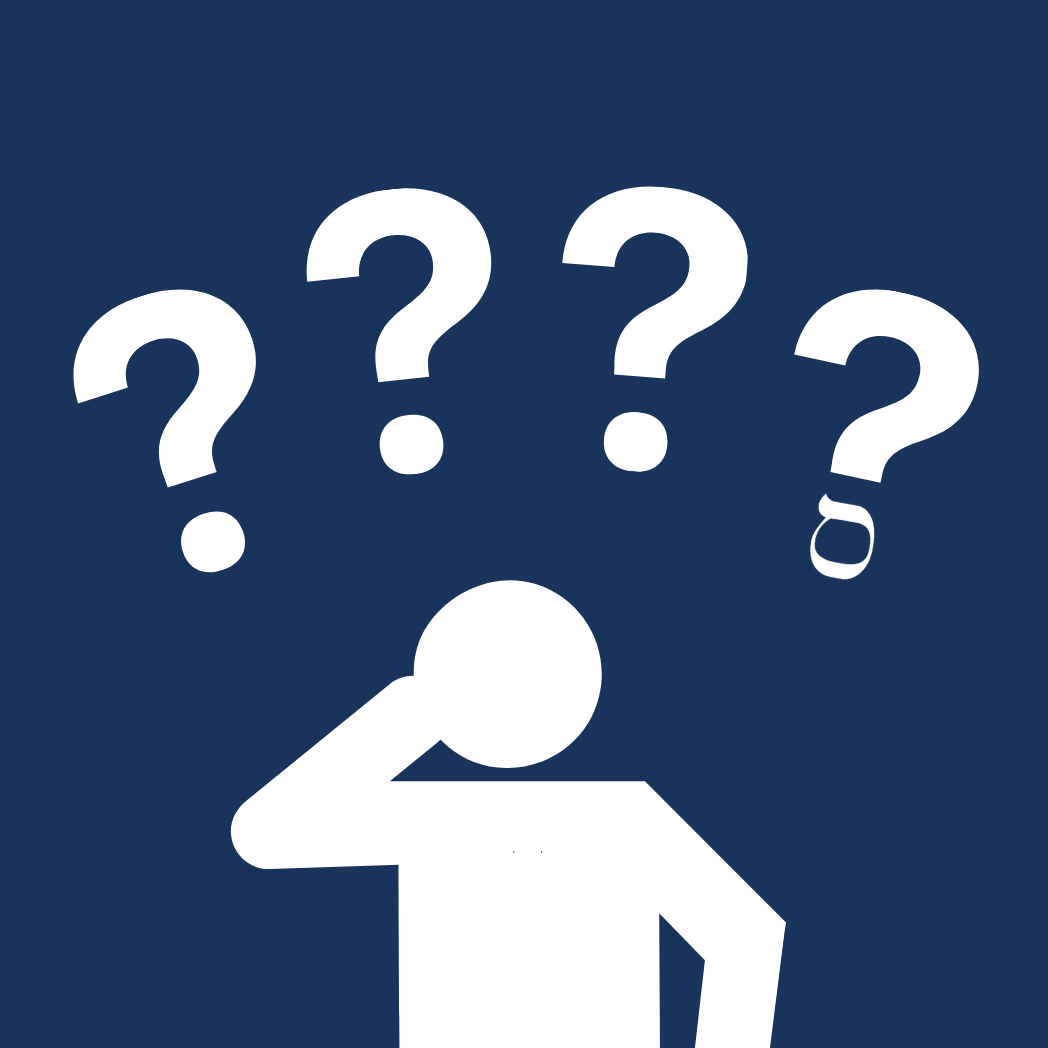
The Passover seder is an organized experience with plenty of opportunity for creativity and fun. In this sheet we will be looking at some of the numbers in the Haggadah.
Seder Means Order
The seder begins with the table of contents. The seder consists of 15 steps - some long and some short. The steps can be sung or read in order to get everyone into the mood.
- Which of the 15 steps are you most looking forward to and why?
- Which step are you interested in learning more about?
Ten Plagues
In the Passover story, Moses approaches the mighty Pharaoh and demands that he free the Israelite slaves. Pharaoh answers with a resounding “No!” which leads God to send a series of ten plagues.
The plagues were extremely effective and led to the release of the Israelites. Although we celebrate our freedom during the seder, we also have a sensitivity to the suffering of others which has led to the tradition of removing a drop of wine, a symbol of celebration, for each of the ten plagues.
- How many other examples of 10’s in Judaism can you think of? Click here for another famous 10.
- How might removing drops of wine to remember the suffering of our enemies help us to be sympathetic to others?
Dayenu - More Than Enough for Us!
Yay! The Israelites have been freed! Expressing gratitude is an important part of the Passover seder. Dayenu lists 15 reasons why we are grateful.
- What are you grateful for? How long of a list can you compile along with everyone who is celebrating at the seder with you?
Rabban Gamliel’s Three Items
The seder makes use of many symbols. What do you see on the table that symbolizes an aspect of the holiday or the Passover story?
Rabban Gamliel, a rabbi in the time of the Mishnah, said that during the seder, there are three symbols that should be discussed - the roasted bone (also called the pesach), the matzah, and the bitter herb (maror).
Where do these three foods come from? The Torah tells us that this is what the Israelites ate in Egypt the night before they left.
וְאָכְל֥וּ אֶת־הַבָּשָׂ֖ר בַּלַּ֣יְלָה הַזֶּ֑ה צְלִי־אֵ֣שׁ וּמַצּ֔וֹת עַל־מְרֹרִ֖ים יֹאכְלֻֽהוּ׃
They shall eat the flesh that same night; they shall eat it roasted over the fire, with unleavened bread and with bitter herbs.
Echad Mi Yode’a - Who Knows One?
As we approach the end of the seder, it is time for a number game. Who can think of something in Judaism that represents the number one? How about two? Who Knows One continues until the number thirteen.
The game continues:
- What other Jewish things (people, objects, events, ages, etc) can the numbers in “Who Knows One” represent? Can you think of something for each number?
- Can you keep going past thirteen? Who knows fourteen? Fifteen? Think about any ways that these numbers are important in your life or in Jewish rituals.
Family Discussion:
- What other important numbers do you see at the Passover seder? What numbers are important in other parts of your life or to your family?




